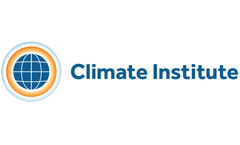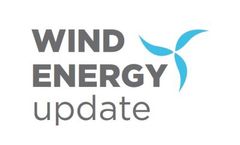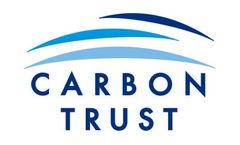Tidal Current Power Articles & Analysis: Older
12 articles found
The Climate Institute seeks partnerships with startup initiatives and emerging technology development efforts that transform renewable energy systems. We welcome initiatives and demonstration projects to help advance meaningful climate solutions. The Climate Institute supports our colleagues and partners working on emerging technologies by providing research assistance, intern support, ...
Clean, sustainable, and renewable energy is a hot topic. Our world runs on energy and our production and use of energy shouldn’t put us or future generations in harm’s way. Society has responded to increasing power demands with technology such as nuclear fission. Fission splits uranium into smaller elements and releases large amounts of energy used to heat water in nuclear reactors ...
The European Commission (EC) announced November 18 it had given priority status to ISLES, a cluster of Irish Sea grid projects which would transmit power from proposed Irish offshore wind farms to the UK grid. There are currently five Irish offshore windfarm projects for a total 2.6 GW of capacity. ...
Why the costs of wave and tidal power could soon plummet - viewpoint from Dr Stephen Wyatt, Head of Technology Acceleration, Carbon Trust As the marine industry gathers in London for its annual get together one thing is clear; the sector is growing up fast. ...
Oceans store energy in the form of currents, waves, tides, heat and salinity that can help to alleviate worldwide demand for power and the global climate change threat. ...
World hydroelectric power generation has risen steadily by an average 3 percent annually since 1965. In 2011, at 3,500 billion kilowatt-hours, hydroelectricity accounted for roughly 16 percent of global electricity generation, almost all produced by the world’s 45,000-plus large dams. Graph on World Hydroelectric Generation, 1965-2011 Four countries dominate the hydropower landscape: ...
In addition to being the most basic substance supporting all life on this planet, water is also a key agent in a vast number of compounds and processes, and holds the potential to be the greatest source of power on the planet. Hydroelectricity currently accounts for approximately 16% of global electric consumption and that amount is growing. ...
Tidal current is considered to be one of the promising alternative green energy resources. This paper introduces a simulation based methodology to evaluate tidal current power output characteristics, including capacity factor, and power production variability patterns. ...
This paper focus on some of the key challenges to be met in the development of marine energy, it present prototype form to being a widely deployed contributor to future energy supply of the world. Large-scale wave and tidal current prototypes have been demonstrated around the world, but marine renewable energy technology is still 10-15 years behind that of wind ...
Fugro Renewables (Wallingford, U.K.) announced that it has acquired ERT, an Edinburgh-based environmental consulting firm, to complement its suite of services provided to developers of offshore wind, wave, and tidal power projects. “From feasibility studies and initial assessments to site surveys and investigations, construction services, and ultimately, decommissioning, Fugro provides a ...
Development of an energy allocation model will help in the proper allocation of the energy sources in meeting the future energy demand in India. In this paper, an attempt has been made to develop a fuzzy-based linear programming optimal energy model that minimises the cost and determines the optimum allocation of different energy sources for the centralised and decentralised power generation in ...
Innovation activity in marine energy (wave and tidal stream) has been catalysed by a series of recent UK policy initiatives. However, the wider UK energy system remains substantially oriented to market competition and efficiency. As a result, tensions have emerged between recent R&D activity (especially interactive and collaborative learning) and its economic and institutional context. Drawing on ...








